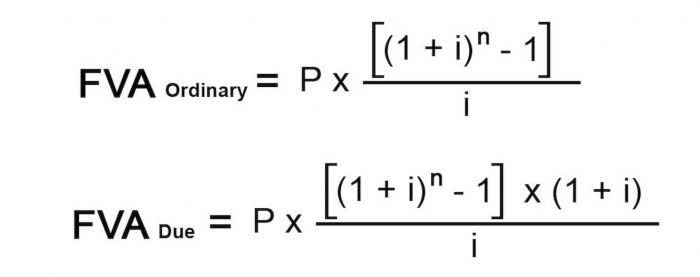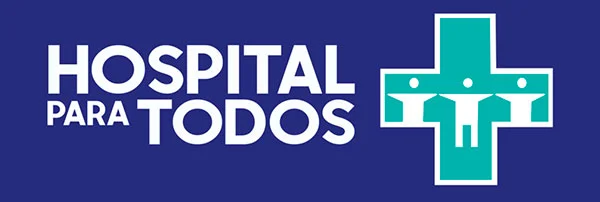
If you made an agreement to pay a third party a sum of money at a later date, that is a liability. The most important thing to remember is that when you’re recording journal entries, your total debits must equal your total credits. As long as you ensure your debits and credits are equal, your books will be in balance.
Protected Assets
Liabilities in financial accounting need not be legally enforceable; but can be based on equitable obligations or constructive obligations. An equitable obligation is a duty based on ethical or moral considerations. A constructive obligation is an obligation that is implied by a set of circumstances in a particular situation, as opposed to a contractually based obligation.
How do current and long-term liabilities differ in accounting?
A financial professional will offer guidance based on the information provided and offer a no-obligation call to better understand your situation. Our writing and editorial staff are a team of experts holding advanced financial designations and have written for most major financial media publications. Our work has been directly cited by organizations including Entrepreneur, Business Insider, Investopedia, Forbes, CNBC, and many others. Our team of reviewers are established professionals with decades of experience in areas of personal finance and hold many advanced degrees and certifications. 11 Financial is a registered investment adviser located in Lufkin, Texas. 11 Financial may only transact business in those states in which it is registered, or qualifies for an exemption or exclusion from registration requirements.
- According to TechInsurance, most small businesses need at least $1 million per occurrence and an aggregate insurance coverage of at least $2 million.
- Liabilities are probable non-ownership claims against a business firm.
- If you use a bookkeeper or an accountant, they will also keep an eye on this process.
- Assets and liabilities are key factors to making smarter decisions with your corporate finances and are often showcased in the balance sheet and other financial statements.
- Bob from Bob’s Donut Shoppe Inc takes out a $100,000 loan from a bank over 10 years.
- Financial statements, such as the balance sheet, represent a snapshot of a company’s assets, liabilities, and equity at a specific point in time.
- Cicely has been recognized as the top producer on her team and was the first woman in 20 years to reach the vice president level in her organization.
Rules for Income or Revenue Accounts
These are costs for goods and services already delivered to a company for which it must pay in the future. These are recorded on a company’s income statement rather than the balance sheet, and are used to calculate net income rather than the value of assets or equity. This includes interest payments on loans (but not necessarily the principal of the loan), monthly utilities, short-term accounts payable, and so on. A company’s net worth, also known as shareholders’ equity or owner’s equity, is calculated by subtracting its total liabilities from its total assets.
How confident are you in your long term financial plan?
- Unearned Revenue – Unearned revenue is slightly different from other liabilities because it doesn’t involve direct borrowing.
- Since a reduction in capital is recorded on the debit side of an account, all expenses are also recorded on the debit side of the relevant account.
- If he takes any money or goods from the business for his personal use, that will reduce his capital and therefore an entry will be made on the debit side of his account.
- Sal purchases a $1,000 piece of equipment, paying half of the purchase price immediately and signing a promissory note for the remaining balance.
- Like accrued liabilities and provisions, contingent liabilities are liabilities that may occur if a future event happens.
- If the business spends that money to acquire equipment, for example, the purchases are assets, even though you used the loan to purchase the assets.
- They’re recorded in the short-term liabilities section of the balance sheet.
There are many different types of liabilities including accounts payable, payroll taxes payable, and bank notes. Basically, any money owed to an entity other than a company owner is listed on the balance sheet as a liability. In business finance, a liability is an obligation that a company owes to other parties. This can range from money owed to suppliers, as in accounts payable, to long-term commitments like mortgage payable or bonds issued. Liabilities are not just about immediate payments; they include economic responsibilities that a company expects to settle in the future, reflecting past transactions and financial activities. Liabilities are carried at cost, not market value, like most assets.

Whenever a business records an obligation in a liability account, it is known as the debtor. The third party to which the obligation must be paid (such as a supplier or lender) is known as the creditor. The business receives cash for the loan but has to repay that amount to the bank in the future. In this case, the business has received cash value upfront and must repay it over time. Contingent liabilities are shown as liabilities on the balance sheet and as expenses on the income statement. A business accounting journal is used to record all business transactions.
- Because most accounting these days is handled by software that automatically generates financial statements, rather than pen and paper, calculating your business’ liabilities is fairly straightforward.
- She specializes in making financial planning concepts accessible to young professionals.
- These are costs for goods and services already delivered to a company for which it must pay in the future.
- When a company deposits cash with a bank, the bank records a liability on its balance sheet, representing the obligation to repay the depositor, usually on demand.
- The 5 main types of accounts are assets, expenses, revenue (income), liabilities, and equity.
- Properly managing a company’s liabilities is vital for maintaining solvency and avoiding financial crises.
- Unlike the assets section, which consists of items considered cash outflows (“uses”), the liabilities section comprises items considered cash inflows (“sources”).
What Are Liabilities in Accounting? (With Examples)
- Liabilities, on the other hand, are a representation of amounts owed to other parties.
- Instead, these expenses are recorded as short-term liabilities on the company’s balance sheet until they are settled.
- In accounting terms, leases can be classified as either operating leases or finance leases.
- A general ledger includes a complete record of all financial transactions for a period of time.
- In other words, net worth represents the residual interest in a company’s assets after all liabilities have been settled.
Accrued Expenses are expenses that a company has incurred but not yet paid. These expenses are recorded in the income statement and the corresponding liability is reported in the balance sheet. Examples of accrued expenses include wages payable, interest payable, and rent expenses. The most common liabilities are usually the largest such as accounts payable and bonds payable. Most companies will have these two-line items on their balance sheets because they’re part of ongoing current and long-term operations. Liabilities in accounting are any debts your company owes to someone else, including small business loans, unpaid bills, and mortgage payments.
The Impact of Liabilities on Financial Statements

AT&T clearly defines its bank debt that’s maturing in less than one year under current liabilities. This is often used as operating capital for day-to-day operations by a company of this size rather than funding larger items which would be better suited using long-term debt. Any liability that’s not near-term falls under non-current liabilities liability account meaning that are expected to be paid in 12 months or more. Long-term debt is also known as bonds payable and it’s usually the largest liability and at the top of the list. In the case of non-payment creditors has the authority to claim or confiscate the company’s assets. Even in the case of bankruptcy, creditors have the first claim on assets.
Non-Routine Accrued Liabilities
Having a sound understanding of liabilities is pivotal for business success. Too much or too little can have adverse impacts that may continue to haunt the company in the future. When an irrevocable trust is properly created, the assets transferred into the trust no longer belong to the transferer. The transferer can still receive income or benefits from the trust, depending https://www.bookstime.com/articles/what-are-t-accounts on the type and at the trustee’s discretion, but the assets within the trust would be protected from creditors. Qualified retirement plans, such as 401(k)s, 403(b)s and 457s may offer an unlimited level of protection from creditors depending on your state’s laws. Funds that originated in these plans and have since been rolled into IRAs can enjoy these same protections.


